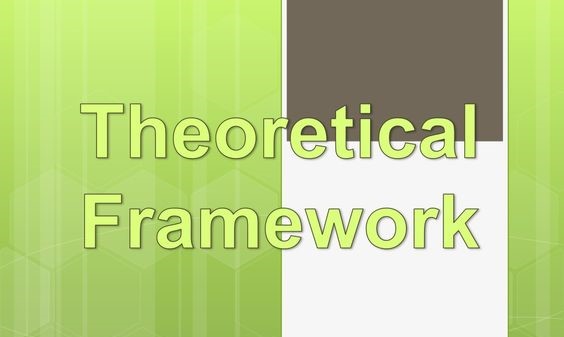A PhD journey is a demanding intellectual voyage, requiring not only rigorous research but also a strong conceptual foundation. This is where theoretical frameworks come in, serving as the bedrock upon which your research questions, methodology, and analysis rest.
What are theoretical frameworks?
Theoretical frameworks are the lenses through which researchers view their research problem. They offer a set of interconnected concepts, assumptions, and propositions that explain and interpret phenomena. These frameworks provide a structure for understanding complex realities, guiding the research process from the initial formulation of questions to the interpretation of findings.
Why are theoretical frameworks crucial for PhD research?
- Clarity and Focus: Theoretical frameworks provide a clear focus for your research, helping you define specific research questions and guide your investigation towards relevant data. They act as a compass, preventing you from becoming lost in a sea of information.
- Rigorous Analysis: Theoretical frameworks provide a structured approach to analyzing your data. They allow you to interpret your findings in relation to existing knowledge and contribute meaningfully to the field. This ensures your research is not merely descriptive but adds to the existing body of knowledge.
- Justification and Credibility: Theoretical frameworks provide a strong foundation for your research, justifying your research questions and methodological choices. This allows you to defend your work and demonstrate its credibility to your peers and academic community.
Choosing the right theoretical framework:
Choosing the right theoretical framework is crucial. Consider these factors:
- Relevance: Does the framework directly address your research problem and questions?
- Scope: Is the framework broad enough to encompass the complexity of your research but narrow enough to provide clear guidance?
- Appropriateness: Does the framework align with your research methodology and the nature of your data?
- Literature: Is there sufficient research using the framework to support your work and provide a basis for comparison?
Developing your theoretical framework:
- Review Existing Literature: Explore the existing literature in your field, identifying relevant theories and concepts that can be used as building blocks for your theoretical framework.
- Define Key Concepts: Identify and clearly define the core concepts of your framework, ensuring they are relevant to your research problem.
- Formulate Propositions: Develop specific statements or propositions that link your key concepts and address your research questions.
- Create a Diagram: Visualize your theoretical framework through a diagram or model, highlighting the relationships between different concepts and propositions.
Integrating the theoretical framework throughout your research:
- Research Questions: Ensure your research questions are aligned with your theoretical framework, driving your investigation towards specific and meaningful answers.
- Methodology: Your research methodology should be informed by your theoretical framework, guiding your data collection and analysis techniques.
- Data Analysis: Interpret your data in relation to the propositions and concepts of your theoretical framework, drawing meaningful insights and contributing to the existing body of knowledge.
- Discussion: Connect your findings back to the broader theoretical context, demonstrating the significance of your research and its contributions to the field.
Challenges in using theoretical frameworks:
- Complexity: Theoretical frameworks can be complex and require thorough understanding.
- Oversimplification: Be cautious of oversimplifying your framework, ensuring it captures the nuances of your research problem.
- Bias: Be aware of potential biases within the chosen framework, striving for a balanced and objective approach.
The Bottom Line
Theoretical frameworks are essential tools for PhD research, providing a strong foundation for your entire research journey. By mastering the process of selecting, developing, and integrating a relevant theoretical framework, you can ensure your research is clear, rigorous, and impactful.
Remember, theoretical frameworks are not static entities. They are living constructs that evolve alongside your research, guiding and shaping your understanding of the world. Embrace this dynamic process, allowing the framework to enhance the quality and depth of your research.






